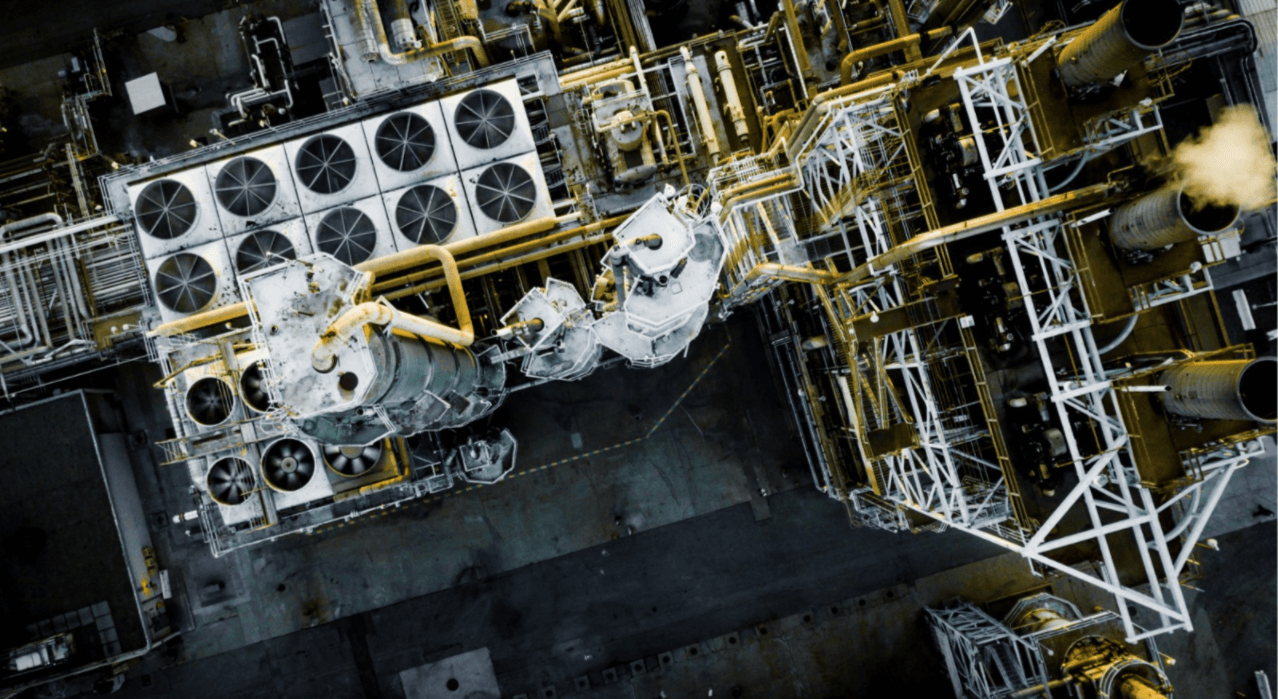Geospatial intelligence and data fusion are bringing petroleum refinery operations out of the shadows, setting the stage for predictive analytics as the new frontier of refinery observation
The data revolution is ushering in a new era of transparency for petroleum refinery operations, which had long remained a proverbial blind spot of oil market analysis. New data technologies are making it possible not only to detect plant outages but also to anticipate restarts.
This achievement requires mastering not just one but several cutting-edge technologies. Refineries are so complex that no single data source — be it infrared cameras, geolocation data, or optical imagery — can on its own generate truly reliable signals of plant operations or disruptions. The new ambition? Leverage the information era to collect realtime data from new or alternative sources and harness the power of data fusion.
Kayrros, a Paris-based tech powerhouse, is fusing multiple alternative data sources and combining them with advanced algorithms to provide predictive analytics on refining operations. Its new Refinery Intelligence solution uses a combination of geolocation data, natural language processing (NLP), and Synthetic Aperture Radar (SAR) satellite imagery from multiple constellations. Upwards of three billion geolocation points, thousands of tweets, and hundreds of thousands of radar-based satellite images are processed daily with proprietary algorithms to spot irregularities in refineries in near realtime to bring an edge on catching the warning signs of disruptions.

Access to realtime refinery operations is key to keeping track of crude oil demand and projecting refined product supply. Even for those refineries that do report planned maintenance periods, deviations from schedule are commonplace and can cause market imbalances, similarly to an unplanned incident impacting the crude oil feed or the main storage and processing units. While satellite imagery can provide reliable information on construction and expansion work, only data fusion can take refinery intelligence to the next level. Leveraging multiple data streams brings realtime visibility to operations within refinery walls, bringing the capability to detect unplanned incidents in realtime, monitor planned maintenance and check whether it is following schedule, and predict the end of maintenance operations.
Leveraging a combination of advanced geospatial capabilities and the expertise of in-house refinery professionals, Kayrros built a tool capable of identifying the specific processing units impacted by maintenance or unplanned incidents, allowing traders and marketers to refine their assumptions down to specific petroleum product streams. Granular intelligence can pinpoint the magnitude of a disruption and predict its likely duration; for example, the effects of an outage impacting a fluid catalytic cracking (FCC) unit can slow or stop production of gasoline and — if the refinery has no alternative FCC capacity — it can stop CDU processing altogether, potentially impacting crude oil intake. On the flip side, an outage on an asphalt unit, for example, could be less significant given that these don’t disrupt the flow of crude oil or the main processing unit operations.
Combining refinery operations intelligence with tank-level storage data can be challenging but when properly done brings predictive power into the global supply market, thus offering insights into price dynamics. Having eyes on both the levels of refinery disruptions and realtime crude oil and petroleum products inventories gives an edge in anticipating market imbalances. If storage levels are high, an outage may prompt traders to rush and divert their incoming crude oil due to lack of available space — if levels are low, an outage may not pack as big as a punch, as traders can more easily store their crude oil.
Kayrros Refinery Intelligence is a tool powered from orbit and designed to help traders and market participants anticipate and evaluate physical disruptions in a timely, informed manner and stay ahead of the market.

